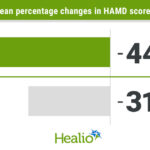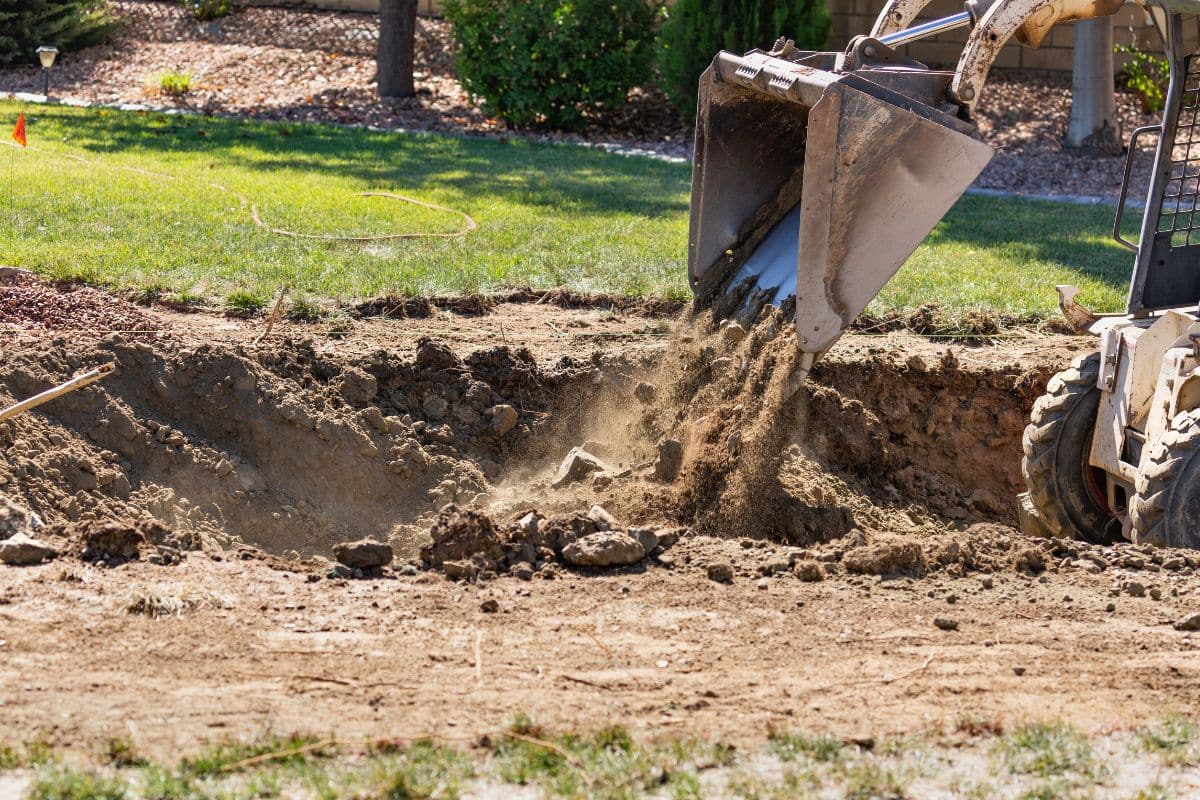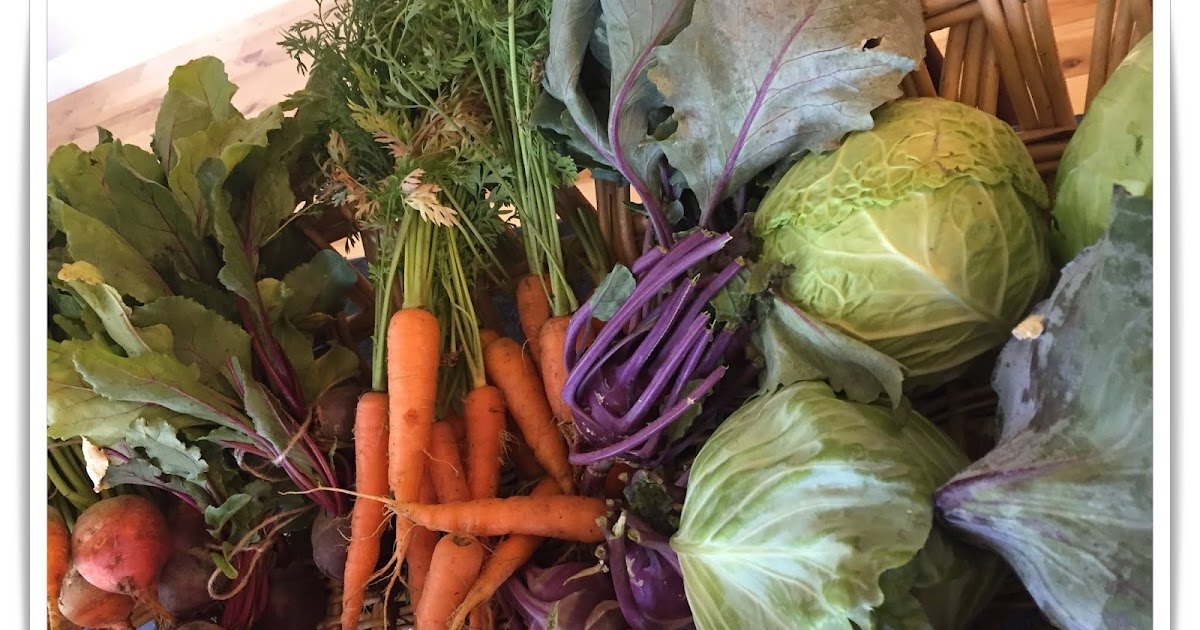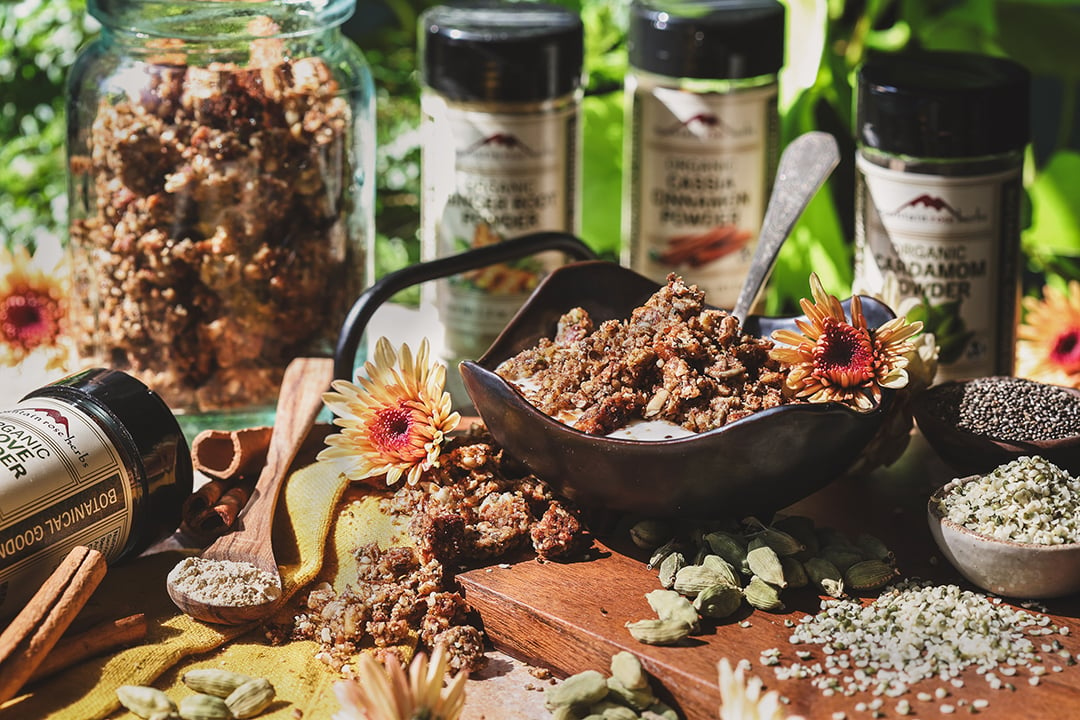Balsamic vinegar stands as one of the most cherished condiments in kitchens worldwide. This dark, glossy liquid transforms ordinary dishes into culinary masterpieces with its complex sweet and tangy flavor profile. Many home cooks wonder about the shelf life of this precious ingredient, especially when they discover bottles that have been sitting in their pantry for months or even years.
The good news is that balsamic vinegar possesses remarkable longevity due to its acidic nature and production process. However, understanding proper storage methods and recognizing signs of quality deterioration helps maximize both flavor and safety. Whether you own an expensive aged variety or a standard commercial bottle, knowing how to preserve this liquid gold ensures you get the most from your investment.
Understanding balsamic vinegar shelf life and expiration
Traditional balsamic vinegar can last indefinitely when stored properly, thanks to its high acidity level and natural preservation properties. The fermentation process creates an environment hostile to harmful bacteria, making spoilage extremely rare. Commercial varieties typically display best-by dates ranging from two to three years, but these dates indicate peak quality rather than safety concerns.
The acetic acid content in balsamic vinegar acts as a natural preservative, preventing the growth of dangerous microorganisms. This same principle applies to other acidic foods, and understanding proper storage techniques becomes crucial for maintaining quality. Storage location significantly impacts food preservation, just as it does with other pantry staples.
Aged balsamic varieties from Modena often improve with time, developing more complex flavors as they mature. These premium bottles can remain viable for decades when handled correctly. Commercial balsamic vinegar maintains quality for three to five years past its printed date, though subtle changes in taste and texture may occur over time.
Temperature fluctuations and exposure to light can accelerate quality degradation without making the vinegar unsafe to consume. The key lies in distinguishing between spoilage and natural aging processes that actually enhance the product’s characteristics.
Proper storage techniques for maximum freshness
Cool, dark storage locations provide optimal conditions for preserving balsamic vinegar quality. Pantries, cabinets, and cellar spaces maintain consistent temperatures that prevent rapid deterioration. Avoid storing bottles near heat sources like stoves, ovens, or sunny windowsills, as temperature variations can affect both flavor and consistency.
Airtight sealing prevents oxidation and contamination from external elements. Always ensure bottle caps or corks are tightly secured after each use. For opened bottles, consider transferring smaller portions to smaller containers to minimize air exposure. This technique proves particularly valuable for expensive aged varieties where every drop matters.
Refrigeration remains optional for balsamic vinegar, unlike perishable items. Some foods require refrigeration for safety, but balsamic vinegar’s acidic nature provides natural preservation at room temperature. However, refrigeration can slow down minor quality changes in opened bottles.
Clean utensils prevent cross-contamination when pouring or measuring balsamic vinegar. Avoid double-dipping spoons or introducing food particles into the bottle. Food safety products can help maintain cleanliness throughout your cooking process, ensuring optimal ingredient preservation.
Signs of quality deterioration in balsamic vinegar
Visual inspection reveals the most obvious signs of balsamic vinegar changes. Sediment formation at the bottom of bottles is completely normal, especially in aged varieties. This natural precipitation consists of concentrated compounds that settle over time and doesn’t indicate spoilage. Simply shake the bottle gently to redistribute these elements.
Color changes may occur gradually, with some varieties becoming darker or developing slight cloudiness. These transformations typically result from continued fermentation and concentration rather than harmful deterioration. True spoilage indicators include unusual odors, mold growth around the bottle opening, or dramatic texture changes that create an unpleasant consistency.
Taste testing provides the ultimate quality assessment for balsamic vinegar. Fresh, high-quality vinegar maintains a balanced sweet-tart flavor profile with complex undertones. Deteriorated vinegar may taste overly sharp, flat, or develop off-flavors that indicate quality loss. However, even diminished vinegar rarely poses health risks due to its acidic nature.
Mother formation can occasionally develop in raw, unfiltered balsamic varieties. This gelatinous substance resembles the mother found in apple cider vinegar and actually indicates active fermentation. While harmless, many consumers prefer to strain out these formations for aesthetic reasons.
Maximizing balsamic vinegar quality and safety
Regular inventory checks help identify bottles that may benefit from priority use. Simple tricks can prevent serious food safety problems throughout your kitchen, including proper rotation of pantry items. Label bottles with opening dates to track usage patterns and quality timelines.
Quality enhancement techniques can revitalize balsamic vinegar that has lost some potency. Gentle warming releases aromatic compounds, while brief exposure to air through decanting can improve flavor complexity. For cooking applications, slightly deteriorated vinegar often performs just as well as fresh varieties.
Professional chefs often combine different balsamic varieties to achieve desired flavor profiles. Quality ingredients enhance recipe outcomes, and understanding how to blend vinegars creates opportunities for culinary creativity. Consider these mixing techniques :
- Combine aged and commercial varieties for balanced cost and flavor
- Mix different regional styles to create unique taste profiles
- Blend with herb-infused oils for custom salad dressings
- Create reduction sauces using older vinegar for concentrated flavors
Investment protection becomes particularly important for expensive aged balsamic vinegars. These premium products justify careful storage and handling practices that preserve their unique characteristics. Consider purchasing smaller bottles to ensure freshness while minimizing waste from excessive aging.
Understanding balsamic vinegar’s exceptional shelf stability empowers confident kitchen management. With proper storage and regular quality assessments, this versatile condiment remains a reliable pantry staple for years, enhancing countless meals with its distinctive flavor profile and remarkable preservation qualities.










